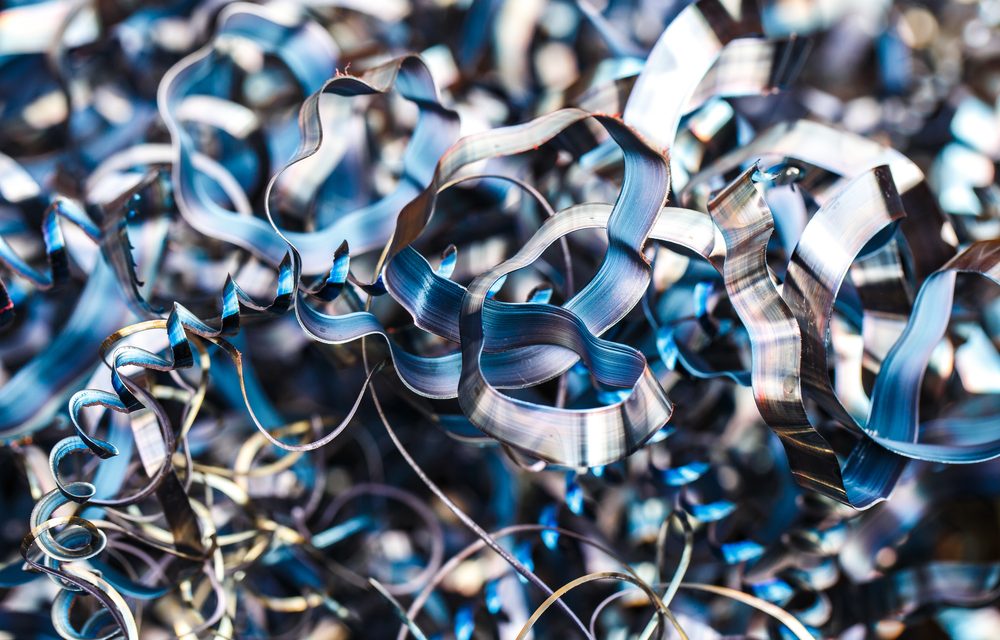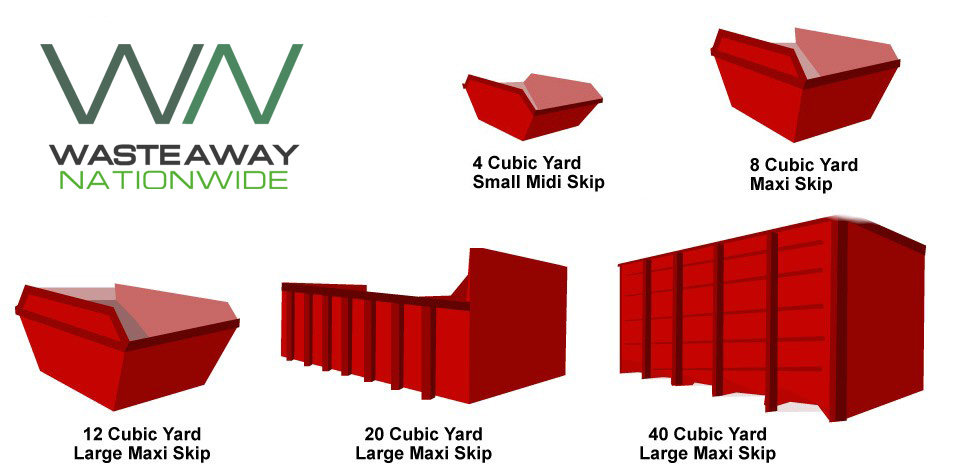Although metals are a substance that we rarely buy, when we do buy metal, we use it every day. Think about all the different materials we use in daily life, our phones are mainly made of metal, our pots and pans are made of metal, our cars are made of metal, metal is one of the most valuable materials to our lives.
It is necessary to recycle metal scraps to form something new, for the environment, and contrary to popular belief… us. Allowing scrap metal to be dumped into landfill sites poses risks as the metals often contain chemicals like mercury which can poison soil and water. In addition to this, there are economic benefits too. By recycling scrap metal and turning it into something new, we can then use those parts to manufacture new products, as opposed to mining for new metals which is much less expensive.
In this blog, we will discuss what happens to scrap metal including how scrap metal is recycled and how you can recycle your old scrap metal.
What happens to scrap metal?
You may have sold your scrap metal before to a recycling firm, or you could have put your metal in a skip. Recycling firms will go through a recycling process, just as some skip businesses’ do like Wasteaway. Some skip companies unfortunately will let metals go to waste by dumping them in landfills, but you can get some skip companies that will take care of the metal they get and recycle it appropriately.
If you’ve ever wondered what happens to scrap metal when it goes to be recycled, you might be surprised to know that there are multiple processors and stages in recycling the metal.
The first point to learn about recycling metals is that a few of them cannot be recycled such as radioactive metals Uranium and Plutonium, and the toxic ones like Mercury and lead. On the other hand, ferrous and non-ferrous metals can be recycled.
Non-ferrous and ferrous metals that can be recycled include:
- Carbon steel
- Alloy steel
- Cast iron
- Wrought iron
- Aluminium
- Copper
- Lead
- Zinc
- Tin
The metal gets recycled in a process that involves collecting the scrap metal, processing them for worthy pieces before having them shredded and melted in furnaces at high temperatures in order to create blocks and sheets that will then be sold to manufacturers of metal products.
Almost every type of metal can be recycled over and over without it having any negative effect on the properties inside it being degraded. It is important for metal to be recycled, yet most of the time it doesn’t, in fact, just 30% of metals are being recycled.
What happens to scrap metal?- Each step of the scrap metal recycling process
Collection
Firstly, scrap metal will be either taken to or collected by a specialist in recycling scrap metals. This could be from scrap vehicles, ships, railroad tracks, farm equipment and other consumer scrap metals too. Only recyclable metals will be collected.
Sorting
In the sorting stage, metals from a mixed scrap metal stream will be separated from the waste stream that involves multiple materials. Magnets and sensors are used to separate these materials in an automated process.
Processing
This stage is where the metals will be shredded. Before shredding, scrap metal processing plants will squash the metal into a compact square so that it is more convenient for handling and then the shredding of the metal will begin. The metals that are recycled and shredded are then melted and use up less energy than would be required if you were to use new metals from mining.
Melting
Each different kind of metal will then be taken into a specific furnace designed to melt that specific metal. This process can take minutes to hours, depending on the type of metal and the size of the furnace. These furnaces have energy-efficient regenerative burners, to reduce the damage to the environment.
Purification
This step ensures that the final product is high quality and contaminant free. The general way to do this process is by electrolysis. This method uses a direct electric current to drive a chemical reaction.
Solidifying
This is where the melted metals are solidified by being carried by a conveyor belt to cool. The metals will get formed into certain shapes which can be used for the production of many different kinds of metal products.
After these metals have been transformed into something new and used, they can then be recycled again and again.
What can we do to help you?
Here at Wasteaway, we take your scrap metal in a skip, separate it and if it can be recycled, we will then take it to a recycling centre. We sift through your old trash and reuse it to make it purposeful again, a benefit to the environment and a benefit for you.
Thank you for reading our blog ‘What happens to scrap metal’.







